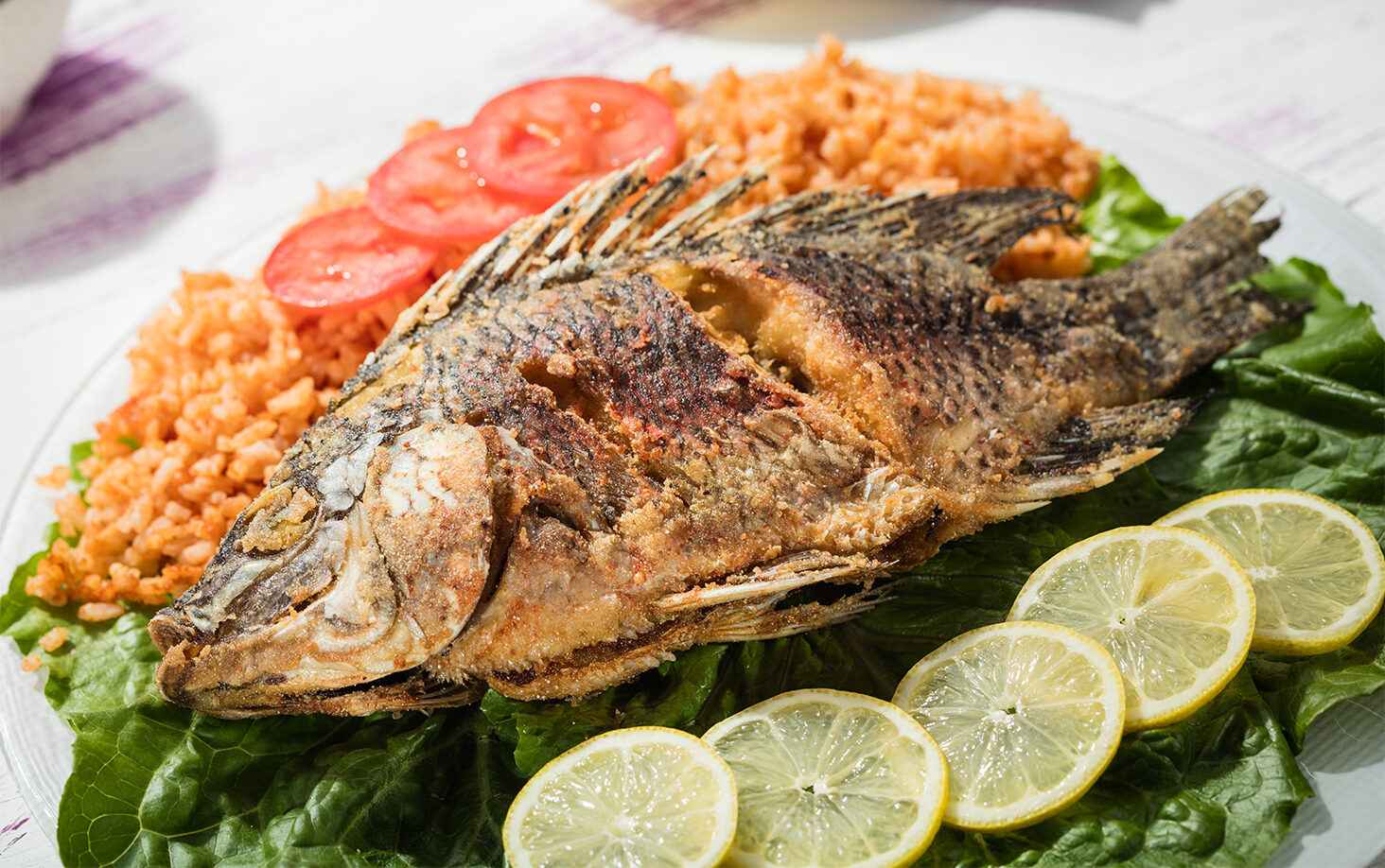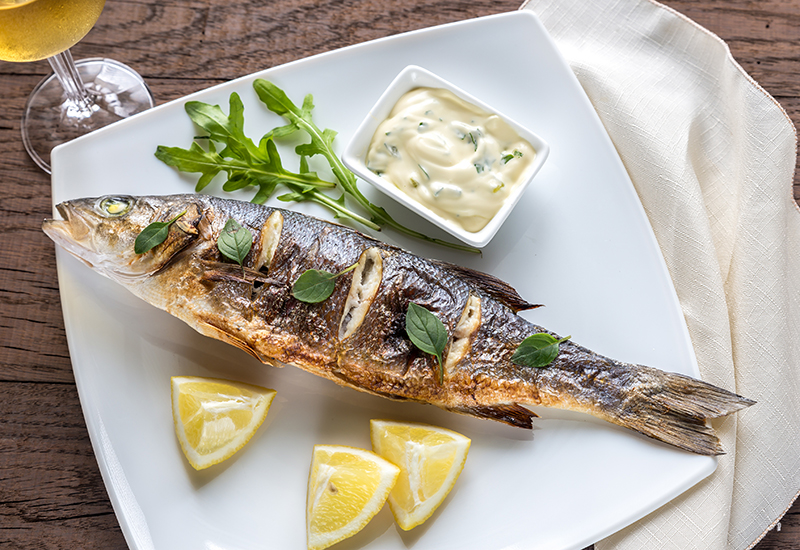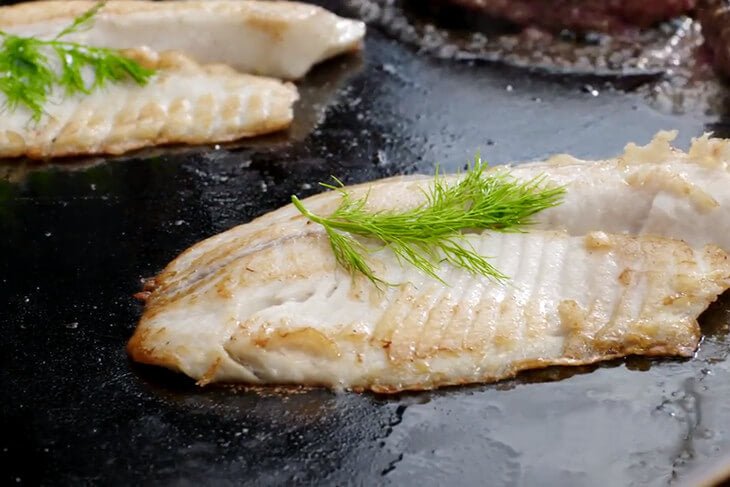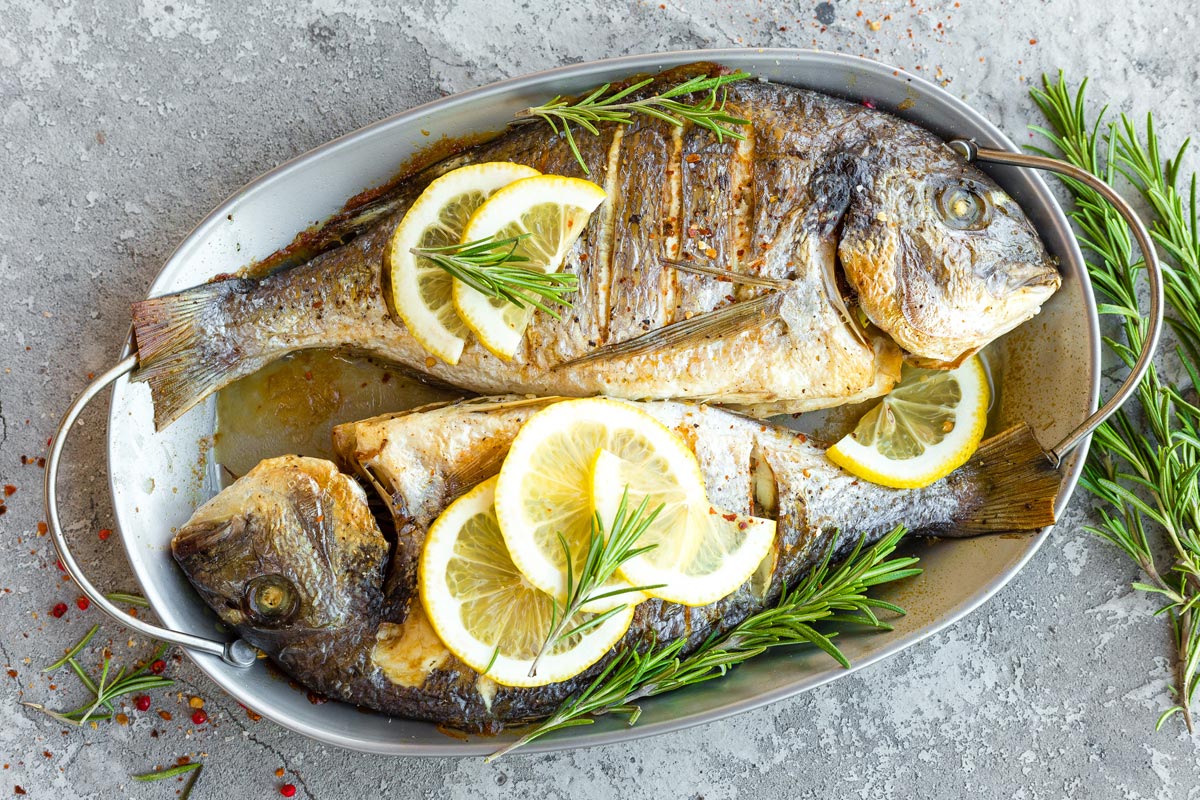Cooking fish can be an intimidating task for many; however, with the right techniques and ingredients, anyone can learn how to cook yellow jack fish to perfection. Yellow jack fish is a versatile and delectable seafood option, favored by many for its firm texture and mild flavor. Whether you're a seasoned cook or a beginner, this comprehensive guide will help you unlock the secrets of cooking this delicious fish.

The Basics of Yellow Jack Fish
The yellow jack fish, known scientifically as Carangoides bartholomaei, is a type of tropical fish that can be found in the Atlantic Ocean. It has a distinctive flavor that pairs well with a variety of herbs, spices, and marinades. When cooked properly, the meat of the fish is tender, flaky, and incredibly flavorful.
Why Choose Yellow Jack Fish?
Choosing yellow jack fish comes with several benefits. First, it's a lean source of protein, making it an excellent option for those looking to eat healthily. Additionally, it's rich in omega-3 fatty acids, which are essential for heart health. The fish is also relatively easy to cook and can be prepared using various methods such as grilling, baking, or pan-searing.

Tools You Will Need
To cook yellow jack fish, it's crucial to have the right tools:
For cleaning, don't forget to use a Cookware Cleaner and Cutting Board Oil to keep your tools in top shape.

Preparation Steps
Selecting Fresh Yellow Jack Fish
To begin your culinary adventure, it is essential to start with the freshest yellow jack fish available. Fresh fish should have clear eyes, moist skin, and a clean smell. If you're unable to find fresh fish, frozen yellow jack fish can also work well, provided it is properly thawed before cooking.
Cleaning and Filleting
Once you have your fish, it's time to clean and fillet it. Rinse the fish under cold water and pat it dry with a paper towel. Use a knife to make an incision along the belly of the fish and remove the entrails. Subsequently, fillet the fish by cutting along the backbone and removing the head and tail. Ensure that all bones are removed, as they can be a choking hazard.
Marinating
Marinating is a key step in infusing the fish with flavor. A simple marinade can be made using lemon juice, olive oil, garlic, thyme, salt, and pepper. Place the fish fillets in a resealable plastic bag, add the marinade, and let it sit in the refrigerator for at least 30 minutes. This will allow the flavors to penetrate the fish and make it even more delicious.

Cooking Methods
Grilling
Grilling is one of the most popular methods for cooking yellow jack fish. Preheat your griddle over medium-high heat. Place the fish on the griddle, skin side down, and cook for 4-5 minutes on each side. The fish is done when it is opaque and flakes easily with a fork. For added flavor, you can brush the fish with additional marinade while it cooks.
Baking
Baking yellow jack fish is an excellent option for those who prefer a hands-off approach. Preheat your oven to 375F (190C). Place the marinated fish in a baking dish and cover it with aluminum foil. Bake for 20-25 minutes, or until the fish is cooked through. To add a crispy texture, remove the foil during the last 5 minutes of cooking.
Pan-Searing
Pan-searing is a quick and easy method that results in a beautifully golden crust. Heat 2 tablespoons of olive oil in a skillet over medium-high heat. Add the fish fillets and cook for 3-4 minutes on each side, or until they are beautifully seared and cooked through. For extra flavor, you can add a squeeze of fresh lemon juice and a sprinkle of chopped parsley before serving.
Serving Suggestions
Yellow jack fish is incredibly versatile and can be paired with a variety of sides to create a balanced meal. Consider serving the fish with steamed vegetables, rice, or a fresh green salad. The mild flavor of the fish also pairs well with more robust sides such as roasted potatoes, grilled corn, or creamy coleslaw.
Additional Tips and Tricks
To make the most out of your yellow jack fish, consider the following tips:
- Always preheat your cookware to ensure even cooking.
- Dont overcook the fish; it should be opaque and flake easily with a fork.
- Experiment with different marinades and herbs to find your favorite flavor combinations.
- Use a thermometer to check the internal temperature of the fish; it should reach 145F (63C).
If you enjoyed this recipe, consider exploring other seafood delights, such as grilled salmon or baked tilapia. For more cooking inspiration, check out these delicious recipes: How to cook rice, Breakfast casserole, and Cook salmon.
For a different fish recipe, visit this Baked Fish Recipe.
As an Amazon Associate, I earn from qualifying purchases.
Happy cooking!


























